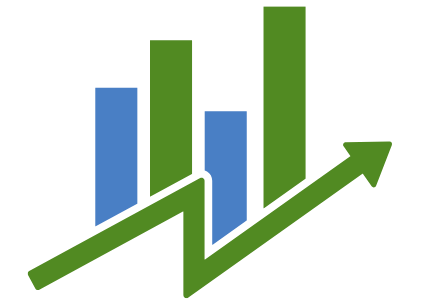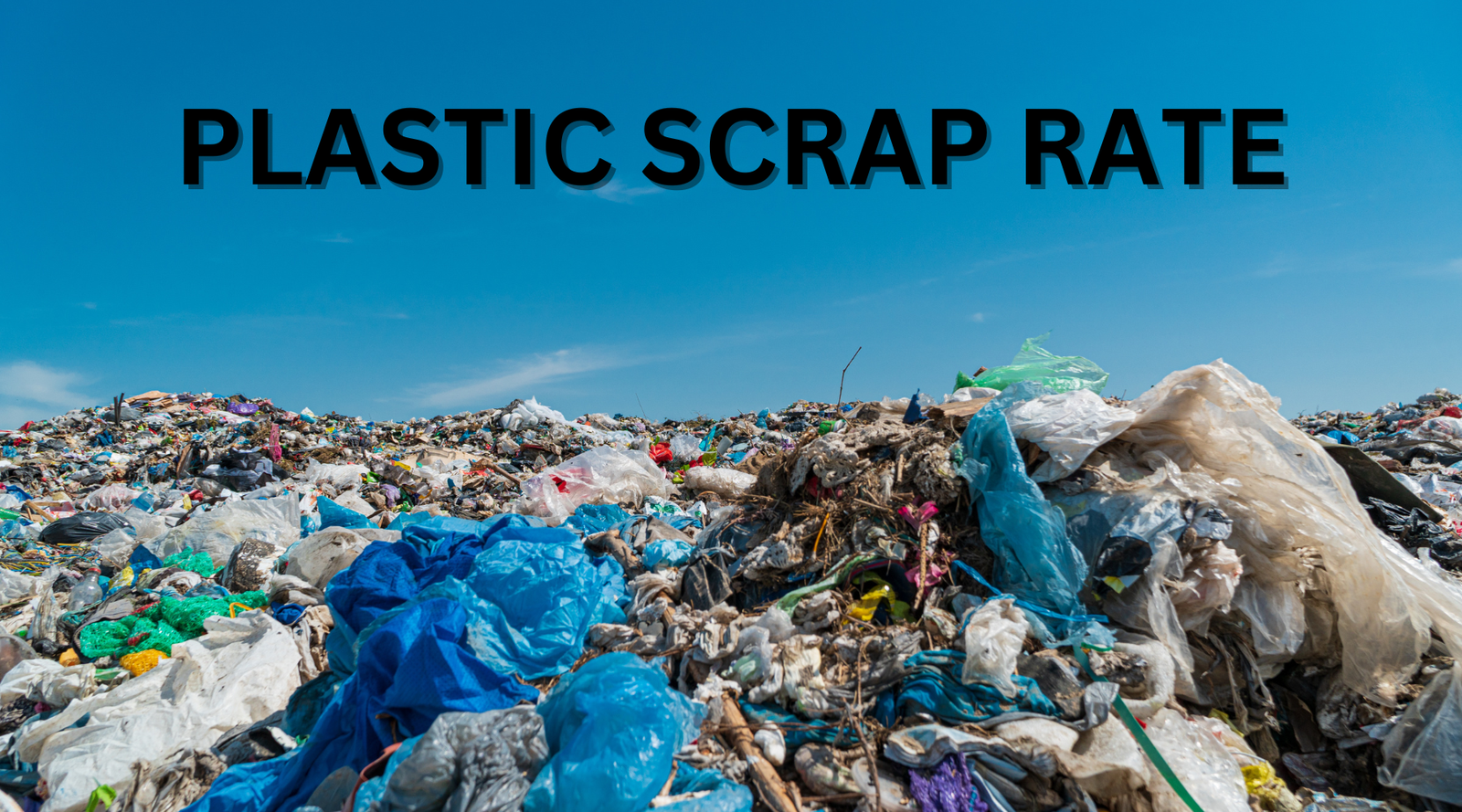Plastic scrap rate play a critical role in the recycling industry and the broader global economy. As the demand for recycled plastic products increases, understanding and monitoring plastic scrap rates becomes essential for businesses, recyclers, and even consumers.
This article explores the concept of plastic scrap rates, their impact on the recycling industry, and how you can stay updated with live plastic scrap rates on our website.
Plastic Scrap Rate Per Kg
| Plastic Scrap | Yesterday Price (Kg) | Today Price (Kg) |
|---|---|---|
| PET | 30 rs | 31 rs |
| HDPE | 30 rs | 35 rs |
| LDPE | 20 rs | 22 rs |
| P.P | 30 rs | 31 rs |
| PVC | 15 rs | 15 rs |
| ABS | 30 rs | 31 rs |
| PS ( Polystyrene ) | 25 rs | 24 rs |
| PC ( Polycarbonate ) | 35 rs | 35 rs |
GST Rate on Plastic Scrap
GST Rate on plastic scrap in Indian markets. Get the latest prices for the scrap market rates.
Plastic Scrap Rate Hsn code and GST rate
| Hsn Code | Scrap Type | Description | Gst % |
|---|---|---|---|
| 7204 | Iron | Ms scrap of all type | 18% |
| 3915 | Plastic | plastic waste | 18% |
| 4004 | Plastics | Granules & Scrap Powders | 18% |
| 7404 | Copper | copper scrap | 18% |
| 7602 | Aluminium | waste scrap | 18% |
| 7204 | Vehicle Scrap | old Automobile scrap | 18% |
| 8548 | Batteries | Electric accumulators | 18% |
| 4004 | Rubber | waste scrap | 5% |
| 4707 | Pepar | waste scrap | 5% |
| 7001 | Glass | waste scrap | 5% |
| 85 | E-waste | HSN Code | 5% |
| 4401 | Wood | wooden scrap | 5% |
| 5202 | Clothes | Old cloth scrap | 5% |
| 7503 | Nickel | waste scrap | 18% |
| 7902 | Zinc | waste scrap | 18% |
| 8002 | Tin | waste scrap | 18% |
| 7408 | Bronze | waste scrap | 18% |
| 3006 | Pharmaceutical | Except contraceptive | 12% |
| 3825 | Municipal | Sewage sludge, clinical waste | 0% |
Understanding Plastic Scrap Rate
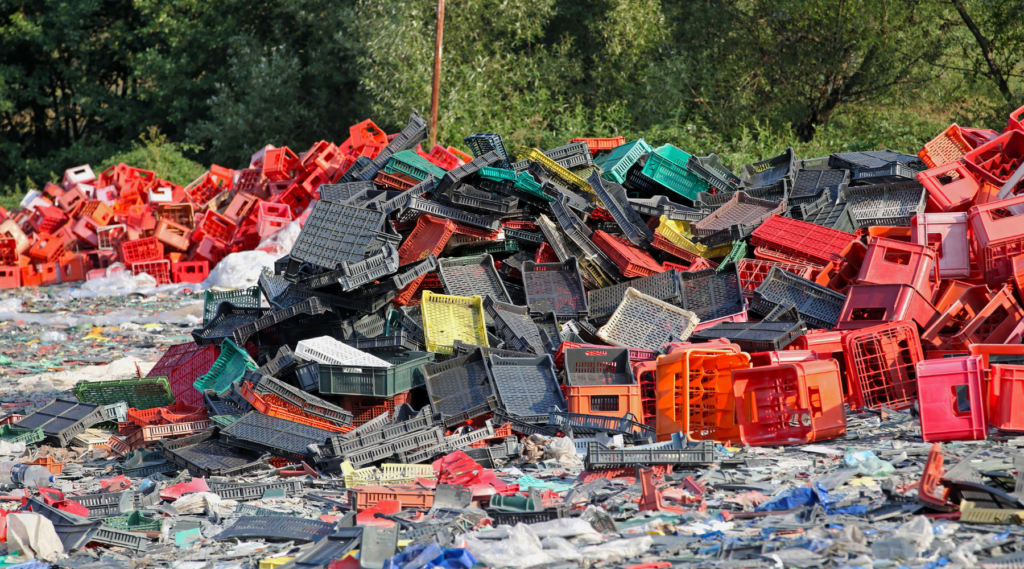
What is Plastic Scrap?
Plastic scrap refers to leftover or discarded plastic materials that are no longer usable in their current form. These scraps are typically recycled and reprocessed to create new plastic products, contributing to sustainability efforts.
How is the Scrap Rate Determined?
The rate of plastic scrap is determined by several factors, including the type of plastic, its condition, and market demand. Rates are usually quoted per kilogram or ton, and they fluctuate based on economic conditions and availability.
Factors Influencing Scrap Rates
Plastic scrap rates are influenced by various factors, such as market demand, the type of plastic, environmental policies, and the global economic landscape. Understanding these factors can help businesses make informed decisions when buying or selling plastic scrap.
- Today Brass Scrap Rate | Latest Price Updates
- Aluminum Scrap Rate Today | Latest Market Rates
- Iron Scrap Rate Today in India 2024
- Copper Scrap Rate Today
- Old Tyre Scrap Rates India | Scrap Rates Today
Types of Plastic Scrap
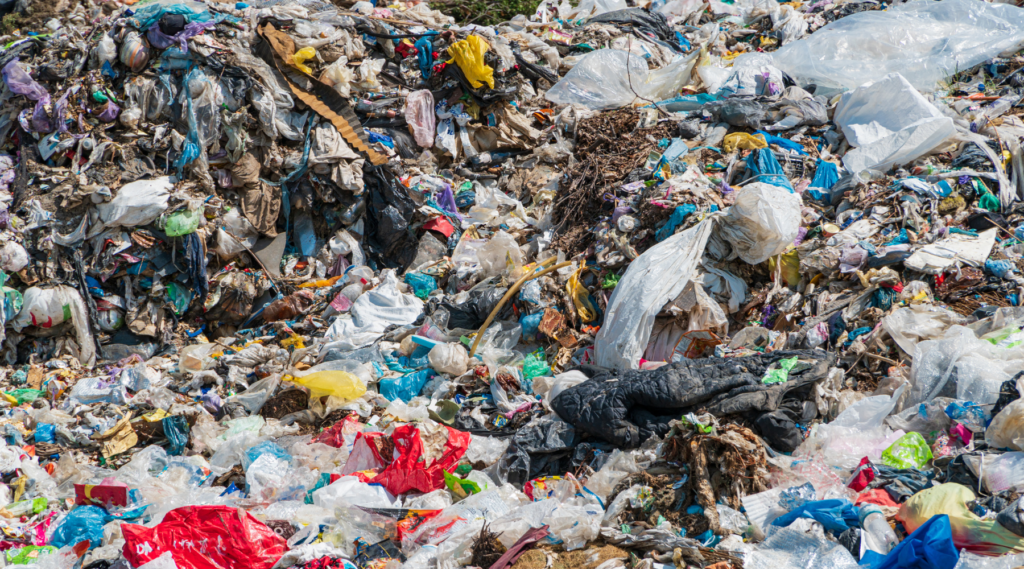
Common Types of Plastic Scrap
Plastic scrap comes in many forms, including PET bottles, HDPE containers, PVC pipes, and more. Each type has its value, with some being more in demand than others.
Value Differences Among Various Plastic Scraps
The value of plastic scrap varies significantly depending on the type. For example, PET (Polyethylene Terephthalate) is often more valuable than PVC (Polyvinyl Chloride) due to its higher recycling rate and broader applications.
The Role of Plastic Scrap in Recycling
Importance of Plastic Scrap in the Recycling Industry
Plastic scrap is a vital component of the recycling industry, providing raw materials for creating new plastic products. This not only reduces the need for virgin plastics but also minimizes environmental pollution.
How Plastic Scrap Affects Recycling Profitability
The profitability of recycling operations is closely tied to the rates of plastic scrap. Higher rates can lead to increased costs for recyclers, while lower rates may reduce the incentives for collecting and processing scrap.
Factors Affecting Plastic Scrap Prices
Market Demand and Supply
The fundamental forces of supply and demand play a significant role in determining plastic scrap prices. High demand and limited supply typically lead to higher prices.
Environmental Regulations
Strict environmental regulations can impact the availability and cost of plastic scrap. For instance, bans on certain types of plastic can reduce supply, driving up prices.
Economic Conditions
Economic factors such as inflation, currency exchange rates, and global trade policies can also influence plastic scrap rates.
Technological Advancements
Advancements in recycling technologies can affect plastic scrap rates by making it easier and more cost-effective to process certain types of plastic.
Buying and Selling Plastic Scrap
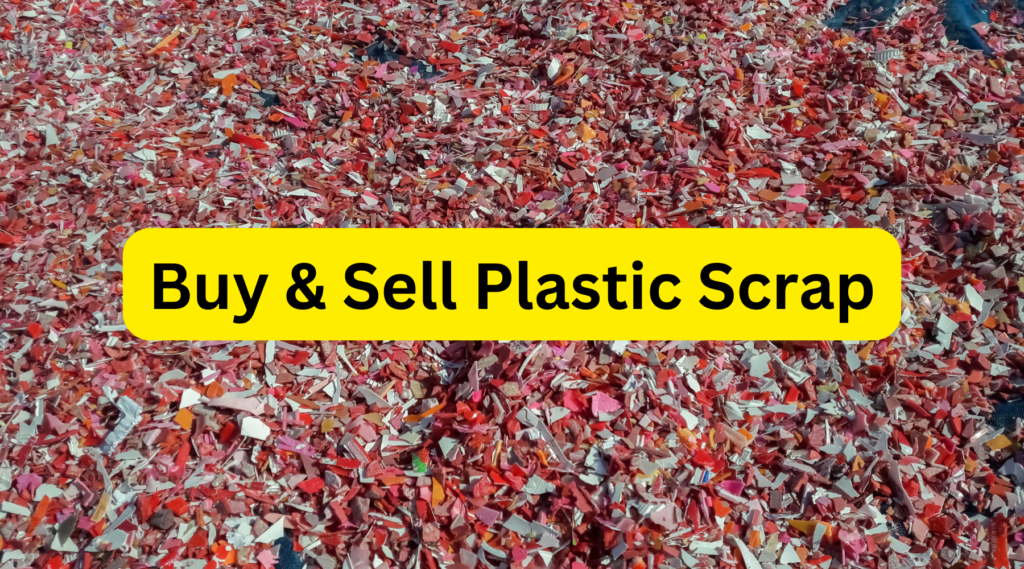
Tips for Buyers of Plastic Scrap
Buyers should focus on sourcing high-quality plastic scrap at competitive prices. Building strong relationships with suppliers and staying informed about market trends can help secure the best deals.
Tips for Sellers of Plastic Scrap
Sellers should ensure that their plastic scrap is sorted, clean, and free of contaminants to fetch higher prices. They should also monitor market conditions to sell at optimal times.
Negotiating Plastic Scrap Rates
Effective negotiation is key to maximizing profits in the plastic scrap market. Both buyers and sellers should be prepared to discuss terms that reflect current market conditions and future trends.
Conclusion
In conclusion, plastic scrap rates are a critical component of the recycling industry and have far-reaching implications for businesses, recyclers, and the environment. By understanding these rates and staying updated with live market data, stakeholders can make informed decisions that benefit both their bottom line and the planet.
